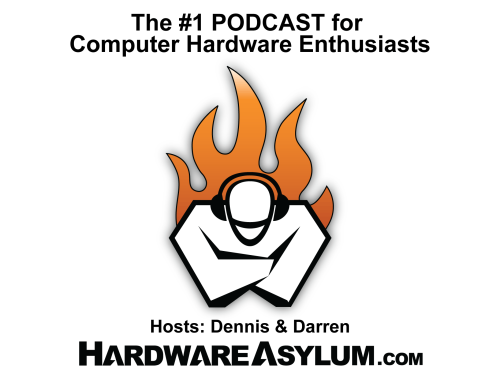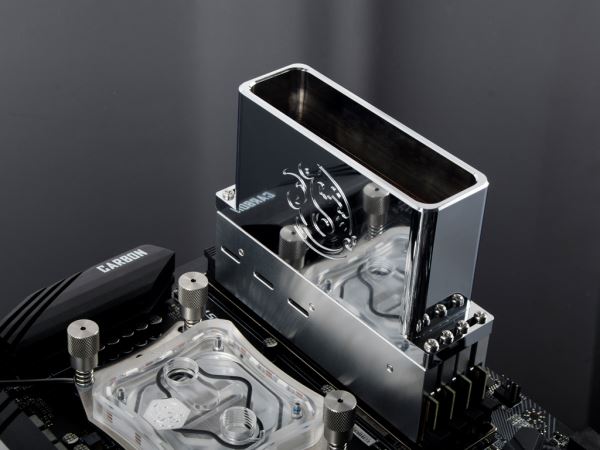The Changes in Overclocking from CPU to Memory

Hosts: Dennis Garcia and Darren McCain
Time: 31:13
Subscribe Options
RSS (MP3)
iTunes (MP3)
Spotify (Stream)
Originally recorded November 2020

Hosts: Dennis Garcia and Darren McCain
Time: 31:13
Subscribe Options
RSS (MP3)
iTunes (MP3)
Spotify (Stream)
Originally recorded November 2020
Overclocking has changed a lot over the years, and what was once a manual process of flipping jumpers and modifying motherboards has transformed into BIOS and UEFI switches designed to automatically make the changes that we had to manually do in the past. The perception of overclocking has also changed with the advent of factory overclocking. This is different from factory “hot clocking” where a video card maker will tweak the GPU to run faster but, rather the chip maker offering an opportunistic boost in performance if certain conditions are met. This will reward those with good heatsinks and well ventilated cases by giving them free performance without needing to overclock a single megahertz.
As hardware enthusiasts we see this as the natural progression and show just how far computer hardware has come but it changes the perception on overclocking. We buy a 3.7Ghz CPU that will boost to 4.9Ghz and then can be overclocked to 5.3Ghz. If you count the base frequency that is a 1.6Ghz overclock though considering the CPU is already running at 4.9Ghz its really only a 400Mhz and not worth the hassle of that ultra high-end, TEC backed waterchiller needed to make it happen.
The same could be said for GPUs where the Boost technology will push the card to the limit of the board and then includes internal regulators to prevent people from overclocking the hardware any further. Most of these locks are economically motivated to keep RMA costs down and prevent those “guys” who always seem to break stuff from complaining that the hardware wasn’t good enough.

With all of these changes there is one avenue left allowing enthusiasts to further tune their hardware to get better performance. The road has always been there but nobody would take it because the effort involved was never worth the reward. Well, now it is and we are finally seeing a reason behind buying high-speed and low latency memory modules once again including ways to overclock them to the limit.
Related Links
Bitspower Universal Memory LN2 Container
Corsair Ice T30 Dominator Memory Cooler Review
Patriot Viper Gaming 4266Mhz 16GB Blackout Edition Memory Review
Episode 117 featured music:
Little People - Start Shootin' (http://www.littlepeoplemusic.com/)
 Hardware Asylum Podcast Upgrades
Hardware Asylum Podcast Upgrades Creative Sound Blaster Re:Imagine Modular Audio Hub with AI
Creative Sound Blaster Re:Imagine Modular Audio Hub with AI The State of Tech Events and the Challenges of Building PCs
The State of Tech Events and the Challenges of Building PCs Exploring the New YTX Motherboard Form Factor and why ATX is King
Exploring the New YTX Motherboard Form Factor and why ATX is King Shopping for New Gaming Headphones Looking at the Oldest and Newest Keyboards
Shopping for New Gaming Headphones Looking at the Oldest and Newest Keyboards Overclocking your Vegetable Garden with Hydroponics
Overclocking your Vegetable Garden with Hydroponics Virtual Unboxing of a Vintage Tandy 1000 TX
Virtual Unboxing of a Vintage Tandy 1000 TX Checking out the Latest Battlefield 6 Multiplayer and Amazon Affiliate Shopping
Checking out the Latest Battlefield 6 Multiplayer and Amazon Affiliate Shopping View All Episodes
View All Episodes